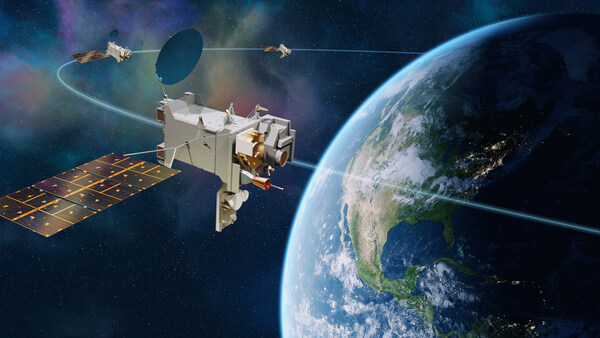Lockheed Martin has been chosen by NASA to design and construct the country’s next generation weather satellite constellation for the National Oceanic and Atmospheric Administration (NOAA), called Geostationary Extended Observations (GeoXO).
Three spacecraft are included in the base contract, with the possibility of adding four more. The contract is projected to be worth $2.27 billion in total, including options.
The GOES-R Series geostationary satellites, developed by Lockheed Martin, provides vital meteorological observations. The GeoXO mission will build upon these observations by adding new data on air pollution and ocean conditions. With its enhanced capabilities, GeoXO will be able to forecast weather more accurately and tackle new environmental problems that could endanger both our economy and public safety. The infrastructure for national resilience is mostly dependent on GeoXO and the country’s weather satellites.
According to Lockheed Martin’s vice president and general manager of commercial civil space, Kyle Griffin, “our team is excited and ready to move forward to design and field this critical national capability. Our GeoXO design draws heavily from what we’ve learned with GOES-R spacecraft over the last 15 years, while incorporating new, digital technologies not only onboard the vehicles but in the design and development of this powerful, weather-monitoring platform of the future.”















